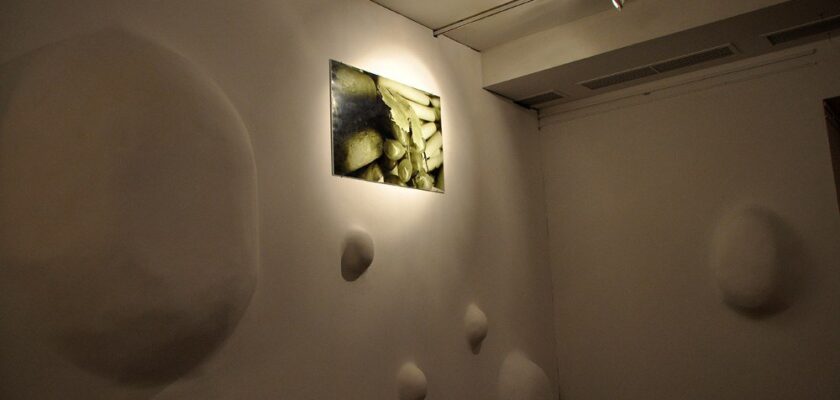Moscow Museum of Modern Art
Moscow Museum of Modern Art refers to one of the largest exhibitions in our country. It is also the first in Russia that specializes in the art of the new and modern times, that is, the XX and XXI centuries. Despite its “young” age – it is not even twenty years old yet – this museum institution has become widely known not only in Moscow, but also far beyond its borders. For example, in Western countries the Moscow Museum of Modern Art is recognized thanks to the English abbreviation MMoMA (Moscow Museum of Modern Art), which is so famous that it is reflected even on its emblem.
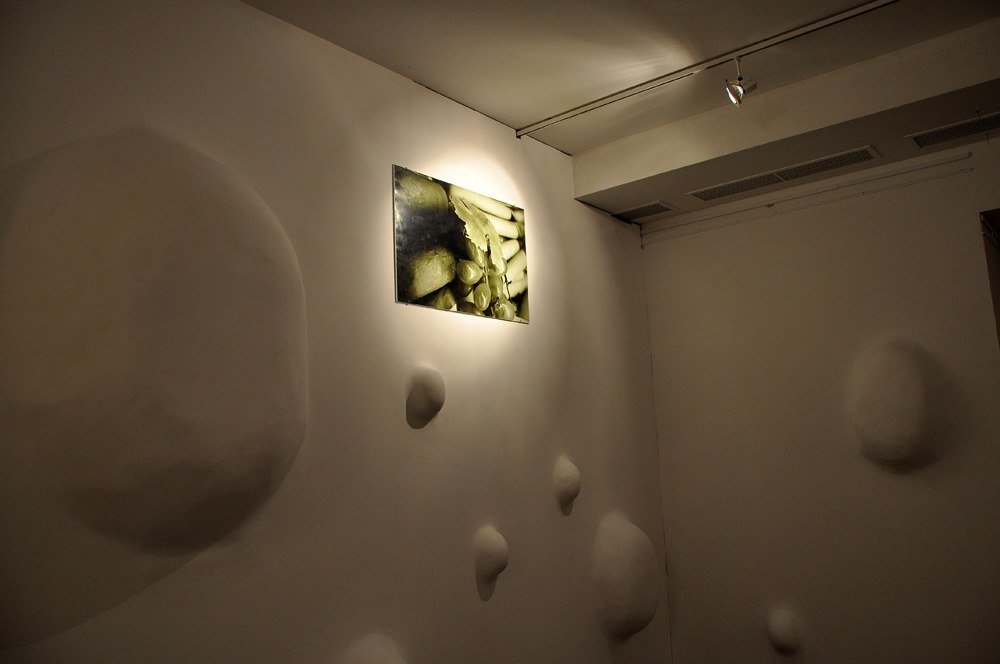

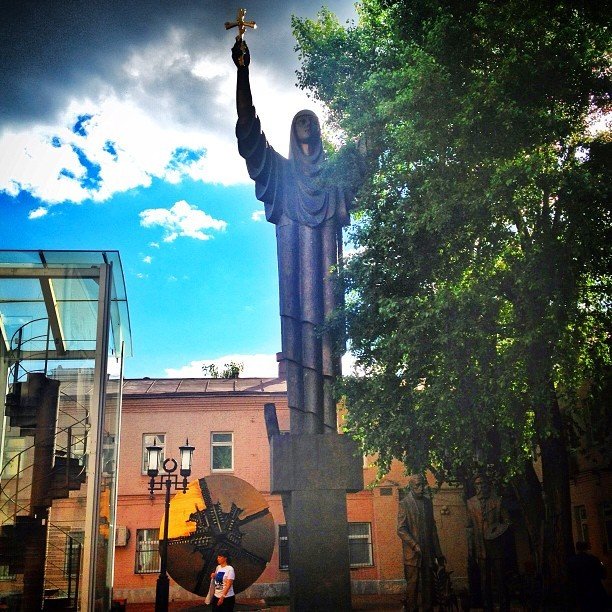
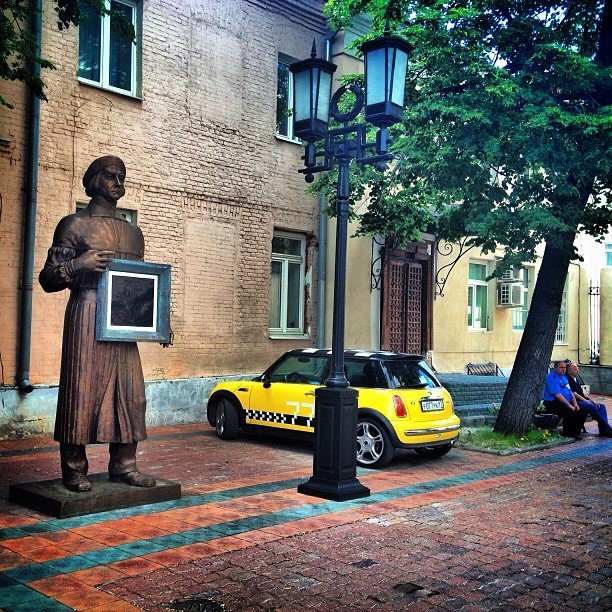
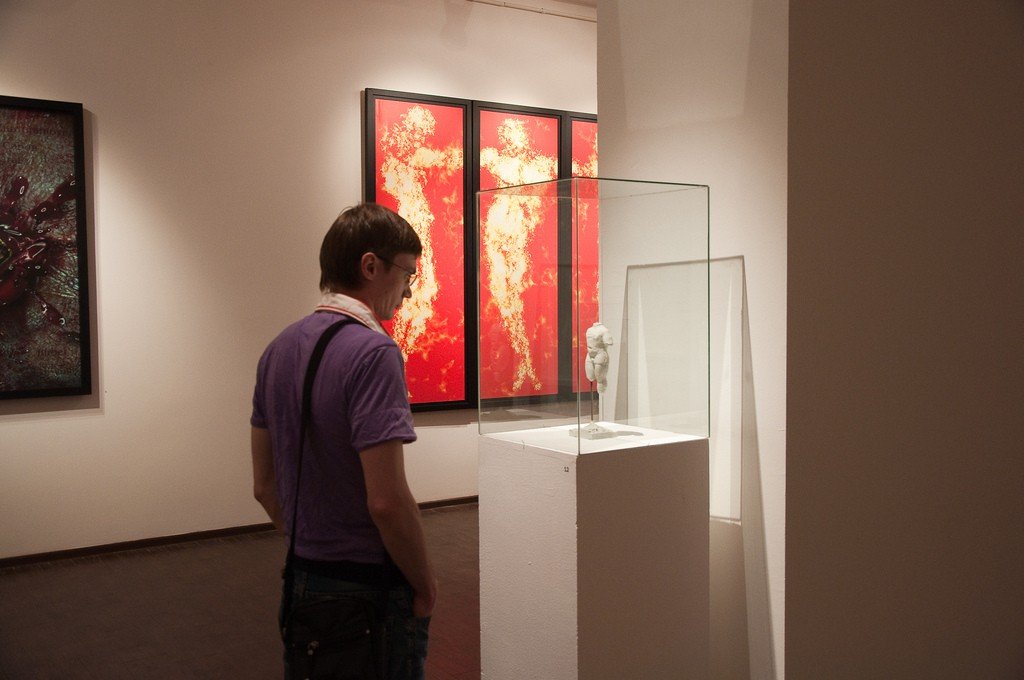
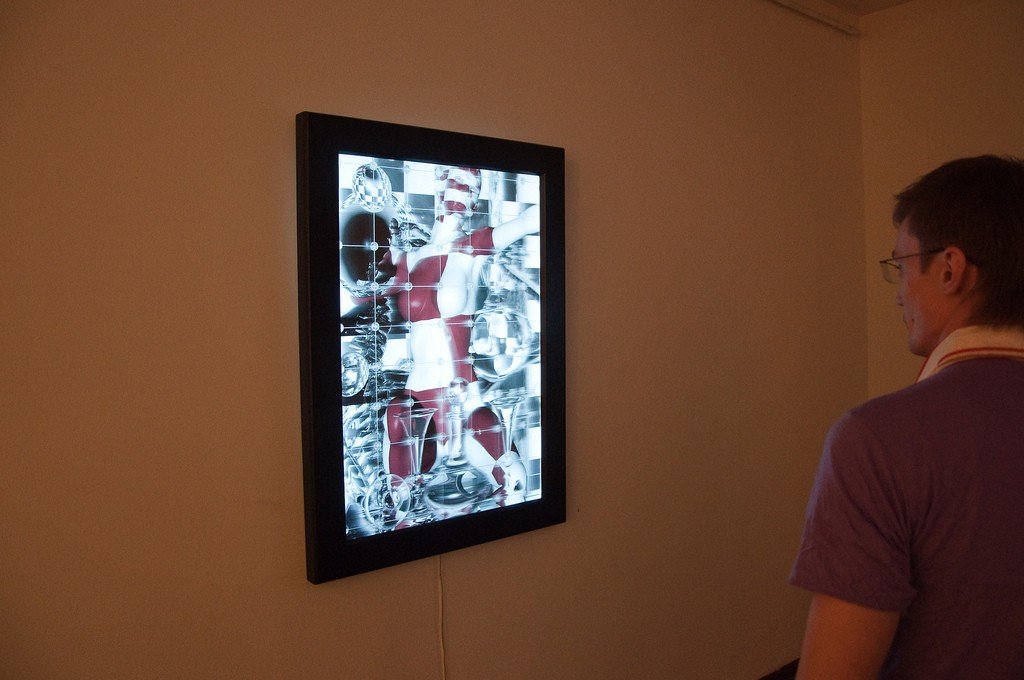
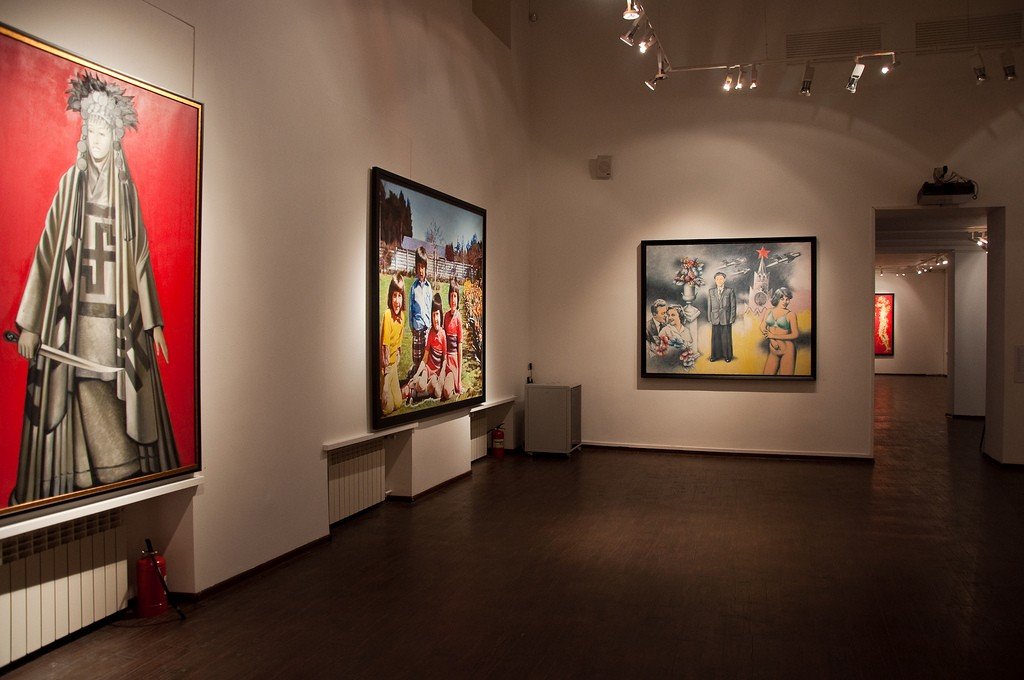
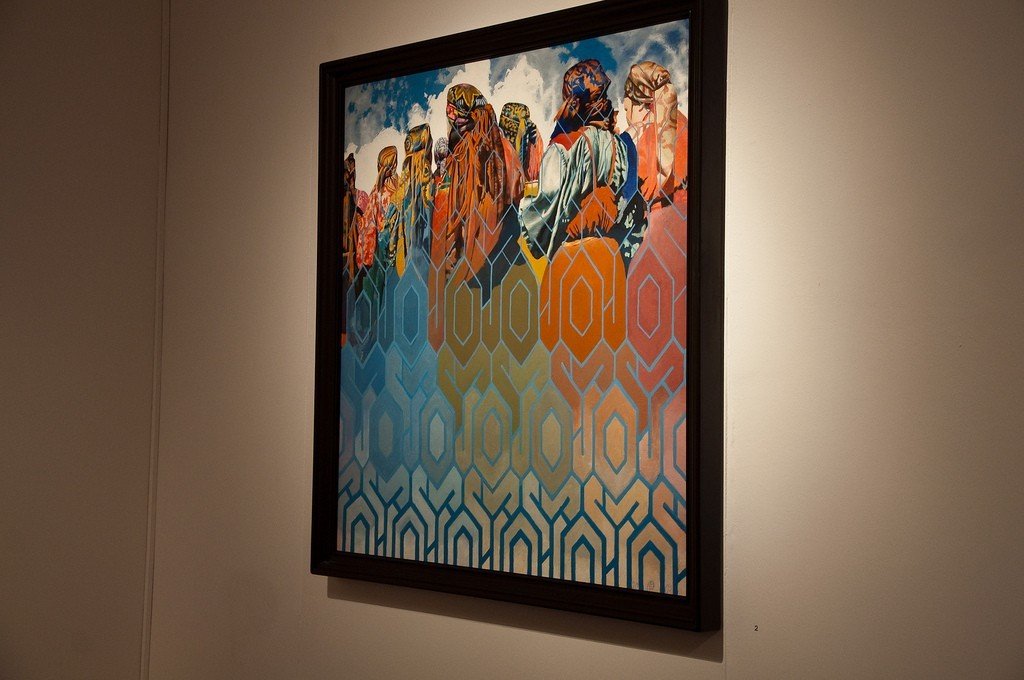
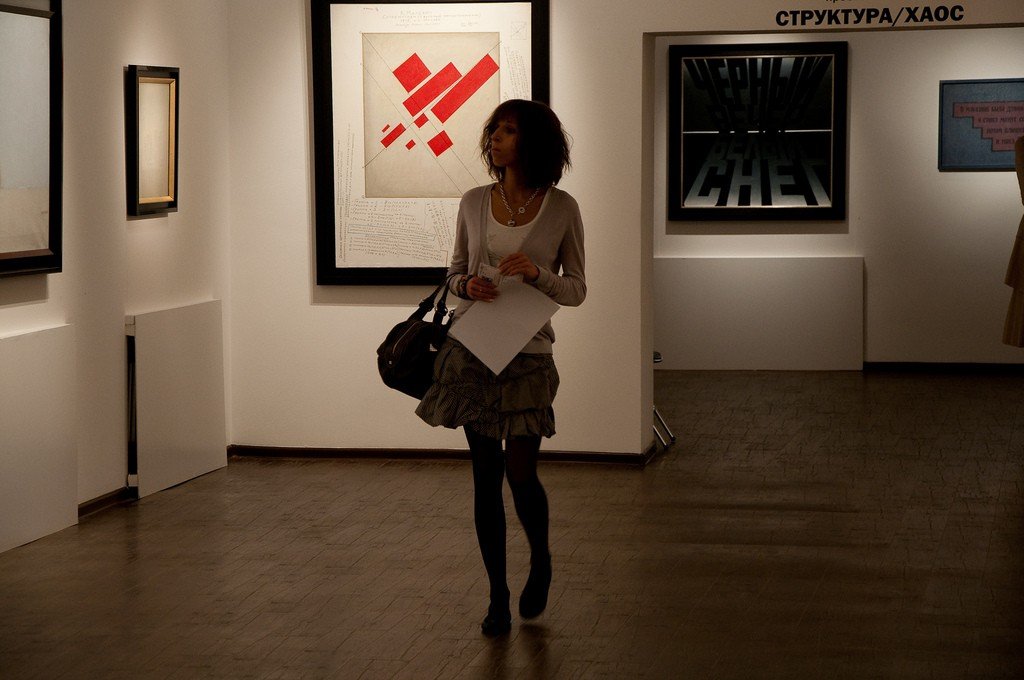
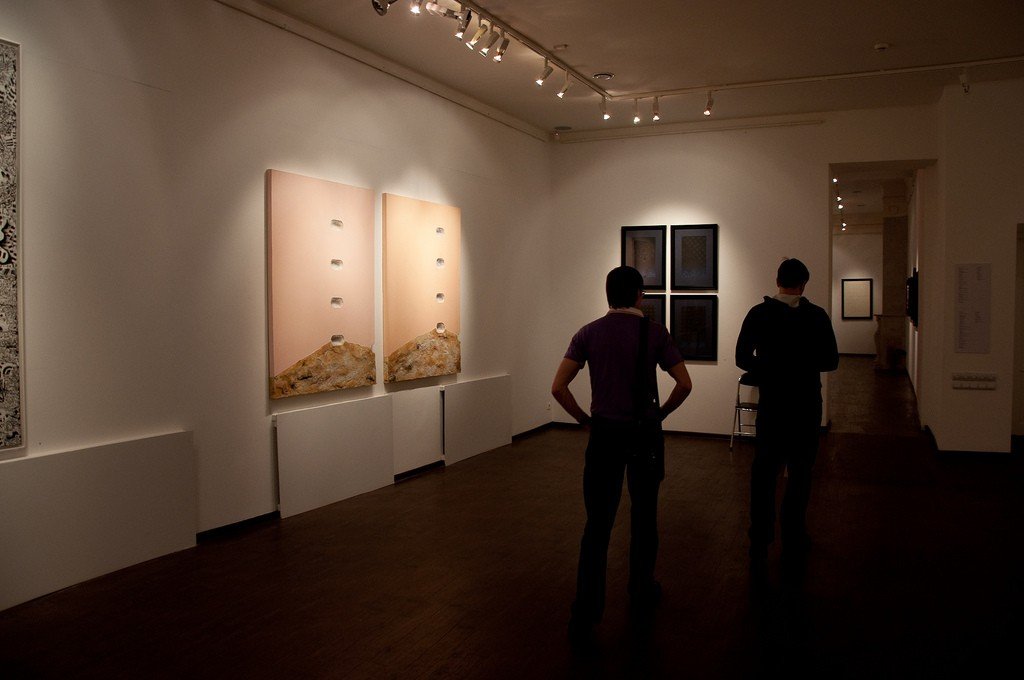
- Highlights
- History of the Moscow Museum of Modern Art
- What to see at the museum
- Opening hours and tickets
- How to get there

The Museum of Modern Art is located in the very center of the Russian capital and occupies several buildings. True connoisseurs of the beautiful come here with pleasure and great interest, and many return here again and again, each time convinced that high art is a very broad concept, and first of all in time, so to understand under it only the classics, that is, works of specific historical epochs (antiquity, Middle Ages, Renaissance and others) is not quite right. In other words, brilliant creations were created not only in the distant past – they are created by our contemporaries, and this fact should in no way be belittled. And everyone who visits the Moscow Museum of Modern Art can be convinced of the truth of this statement.
.History of the Moscow Museum of Modern Art
The idea of creating such a museum in Moscow was suggested by Zurab Konstantinovich Tsereteli, a Soviet and Russian painter, sculptor and designer, president of the Russian Academy of Arts. His initiative was supported by the Moscow government, and on December 15, 1999, the new museum opened its doors hospitably to visitors. Tsereteli himself became the first director. He donated canvases from his personal collection to his brainchild. With them, in fact, and began to form a collection dedicated to the rich, original and multifaceted history of the formation of avant-garde art of modernity.
.
The building itself deserves special attention, the courtyard in front of which is literally overflowing with works of modern art, among which, too, mostly works by the founder of the museum. It was built back in 1793 by Russian architect Matvey Kazakov and is a monument of classical style in architecture of the XVIII century.
.
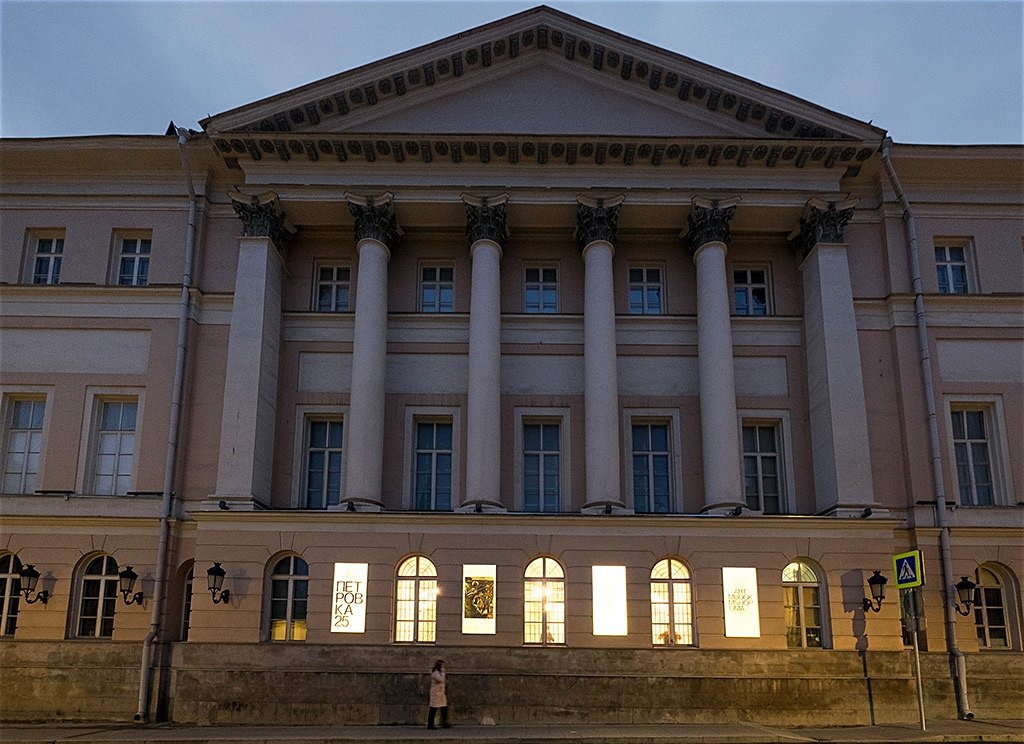
In the first half of the 19th century this was the main house of the estate of Mikhail Pavlovich Gubin, the Moscow mayor (by the way, he was elected to this position twice) and at the same time one of the richest Ural industrialists and merchants. By the end of the 1800s, the future museum housed a gymnasium where the Bakhrushin brothers, representatives of a dynasty of Moscow businessmen and philanthropists who came from the Kasimov Tatars who had converted to Orthodoxy back in the 16th century, studied. The famous symbolist poet Valery Bryusov also studied here.
.
In 1920, after the Great October Socialist Revolution, the building of the former gymnasium began a completely new life – it was determined under the Institute of Physiotherapy and Orthopedics. This medical institution was located here throughout the entire Soviet period. When the former manor house and gymnasium were handed over to the newly established museum, the main collection of the museum was placed here. In general, the Moscow Museum of Modern Art has five sites, all of which are located in the historic center of the capital city.
.
What to see in the museum
This temple of modern art has many exhibits from the personal collection of the genius sculptor Tsereteli, which is more than two thousand pieces. In total, the museum has more than 12,000 different works of art: these are paintings and sculptures, photographs and installations. Among them you can find rare works by such masters as Marc Chagall, Kazimir Malevich, Wassily Kandinsky, Juan Miro, Robert Falk and David Burliuk. Of the works of foreign artists, one cannot fail to note the graphic sheets of Pablo Picasso and Andy Warhol, sculptures by Salvador Dali, paintings by Henri Rousseau and other outstanding authors.
.’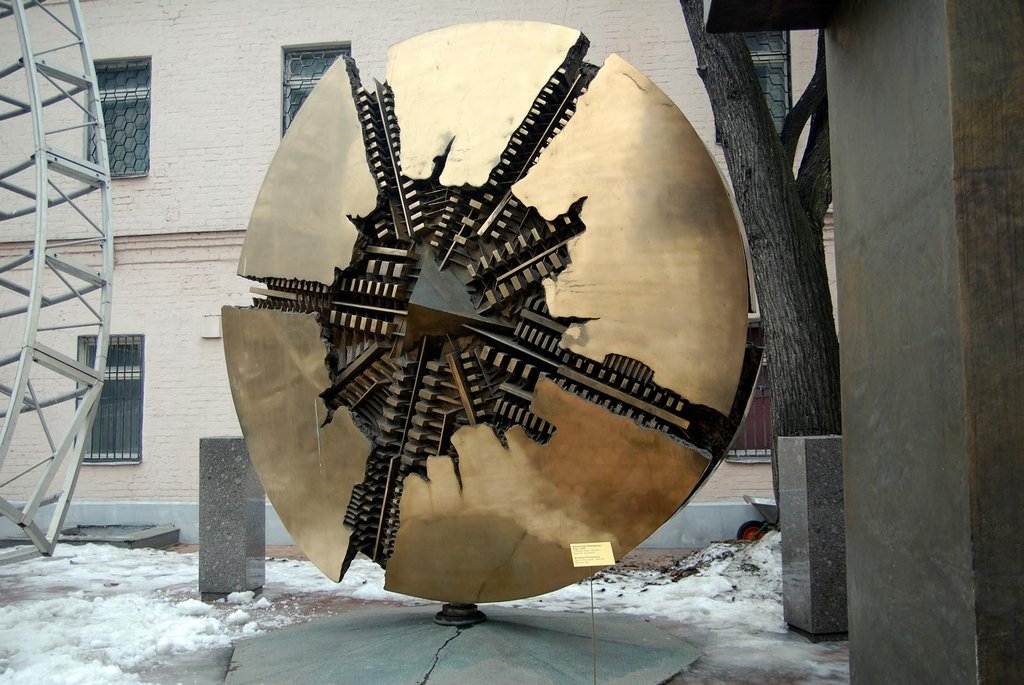
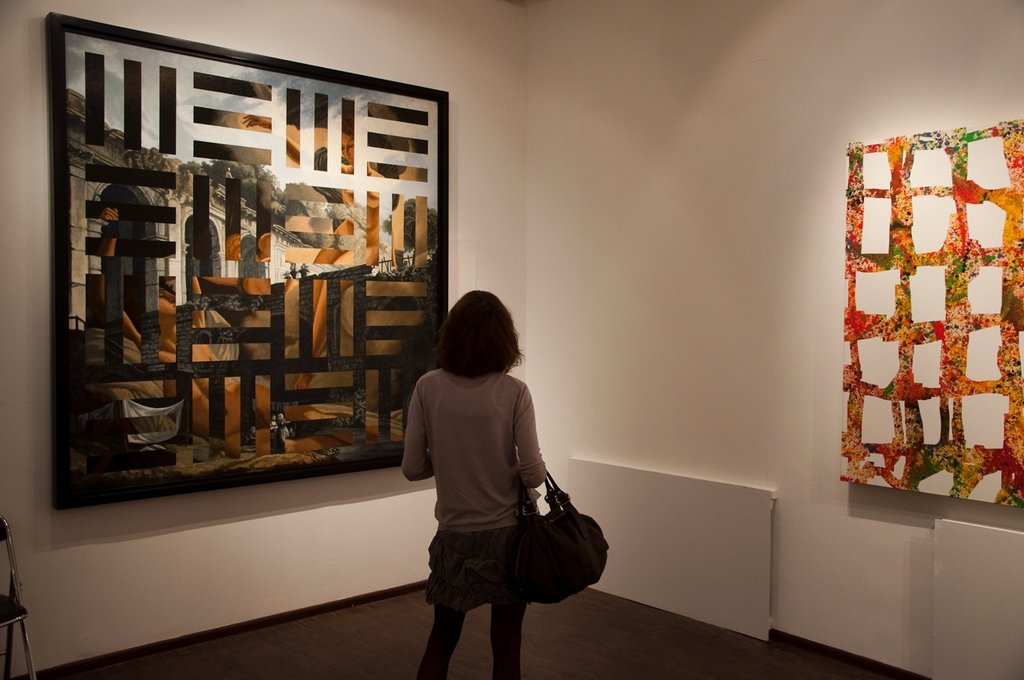
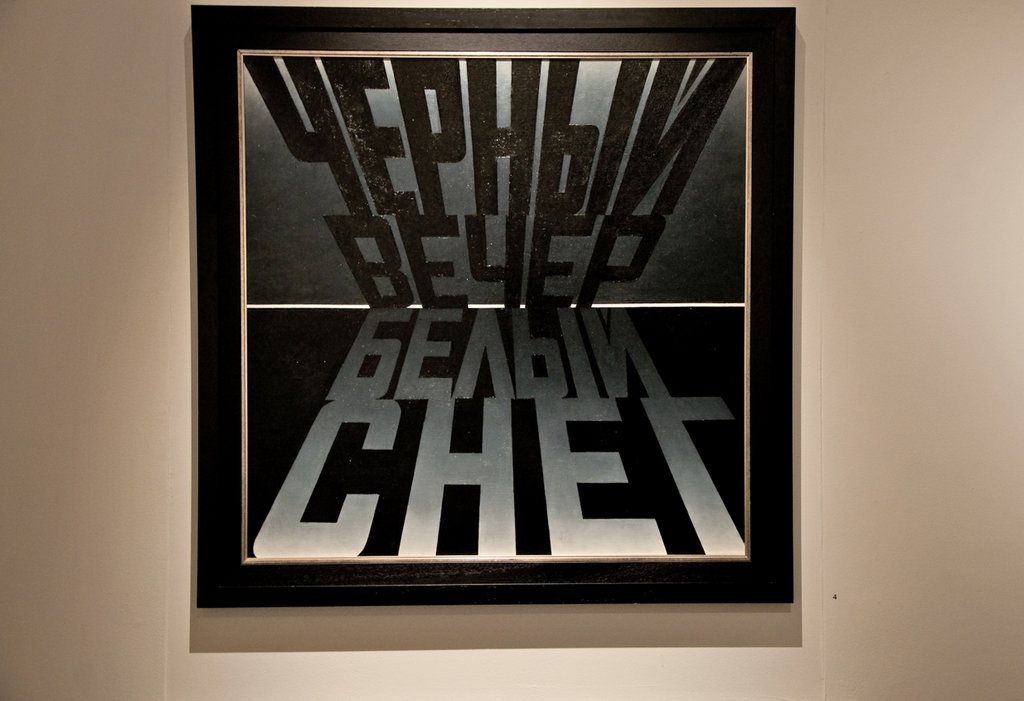
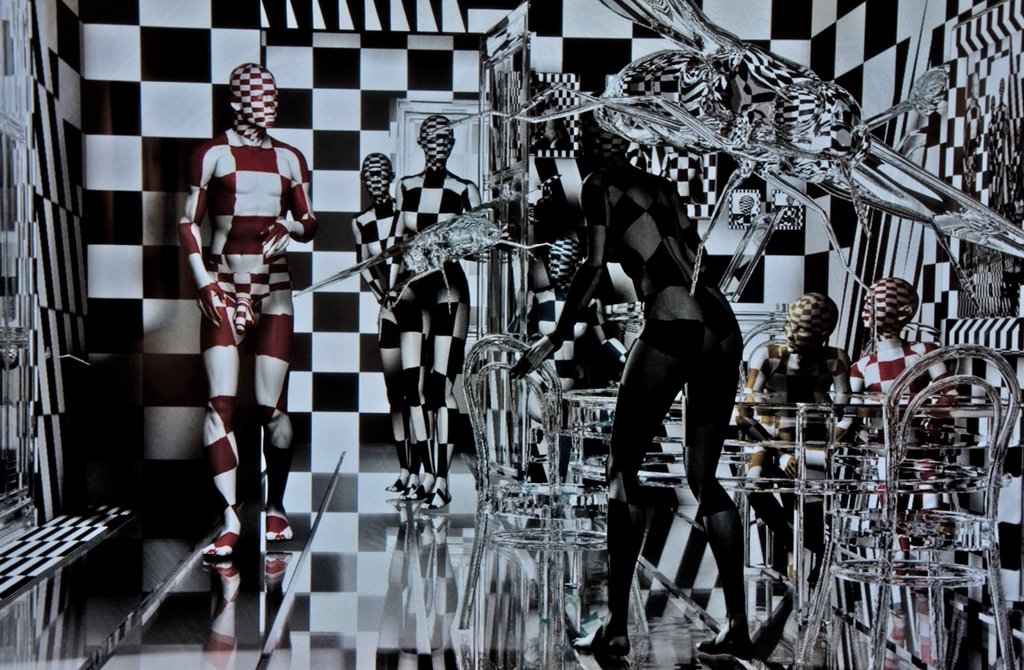
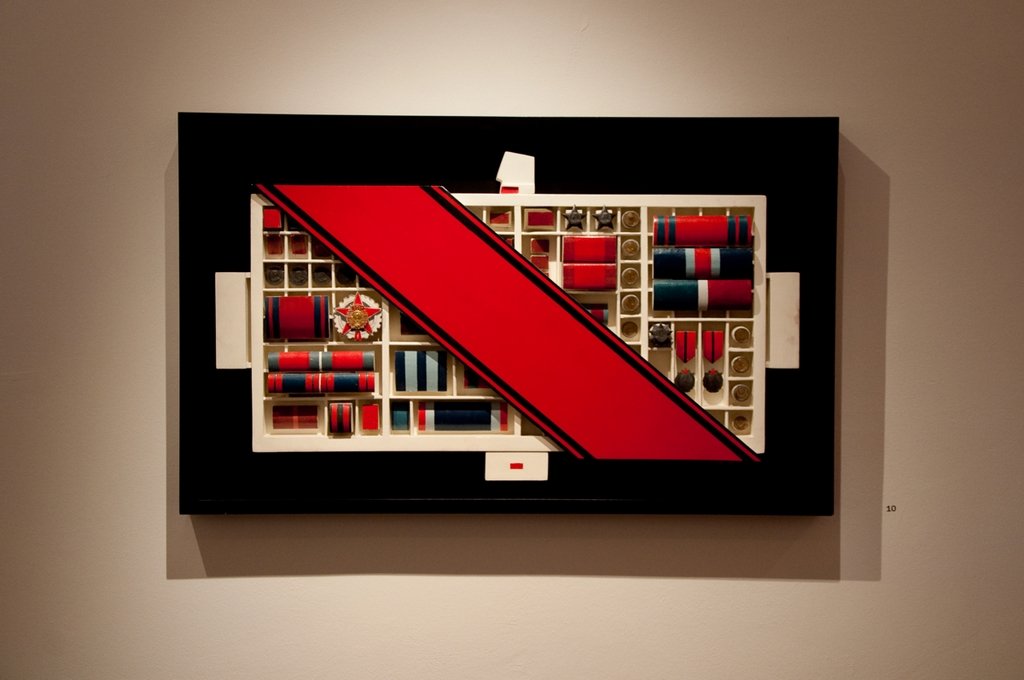
The Moscow Museum of Modern Art also presents the works of painters who created in 1930-1950 – they are called the masters of “quiet art”. A large number of canvases can be attributed to the samples of creativity of nonconformist artists who worked in the 60-80s of the last century. In those years, as you understand, they created their unique works almost underground, but now they are recognized not only in Russia, but also abroad. Among them are such masters of the brush as Vladimir Yakovlev, Ilya Kabakov, Anatoly Zverev and many others.
.
Visitors to the Museum of Modern Art, among them many foreign tourists, like to visit one of the most unusual rooms of the museum – a dark room with a soft floor, stepping on which you feel very unusual sensations. Exhibits are also exhibited in this room, but they are almost invisible to the naked eye. It is assumed that visitors will illuminate them with their cell phones while looking at them. However, judging by some reviews on the Internet, this does not always help – apparently, the strength of the glow of the phone depends on its model, so some come with their own flashlights or ask them from the museum staff.
.
A small hall of the museum is dedicated to the “Constructor” project. A separate room is provided for an unusual installation of… three-liter glass jars. Many visitors like one of the works by Andrei Bartenev, a famous Russian artist, sculptor, experimenter and creator of interactive installations and performances, some of which are called provocative. There are microphones and many speakers. The author asks you to say into the microphone, for example, “I love you”. The resulting effect is hard to describe in words, but you can believe it’s awesome!
.As already mentioned, the courtyard in front of the main building of the museum is almost filled to capacity with various works of art: many bronze works by Zurab Tsereteli are on display here. Among them we would like to single out the so-called “Georgian town”, among the “inhabitants” of which is the famous Mimino, played by Vakhtang Kikabidze in the Soviet movie of the same name. Most of the collected sculptures are taller than a man – in the best traditions of Tsereteli. Of course, there are some absolutely huge ones. Tourists like Don Quixote and Sancho Panza, immortal heroes of Cervantes, embodied in bronze. The abundance of statues in the courtyard of the museum reminds a little of the Museon Park, an open-air sculpture exhibition on the Krymskaya embankment in the capital’s Yakimanka district.
.’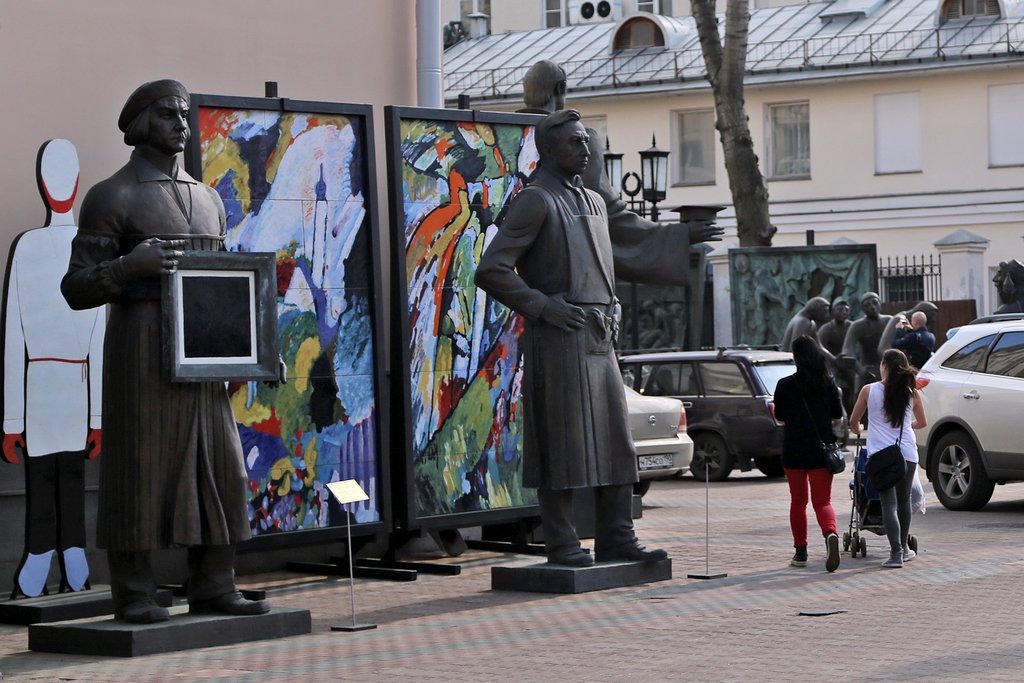
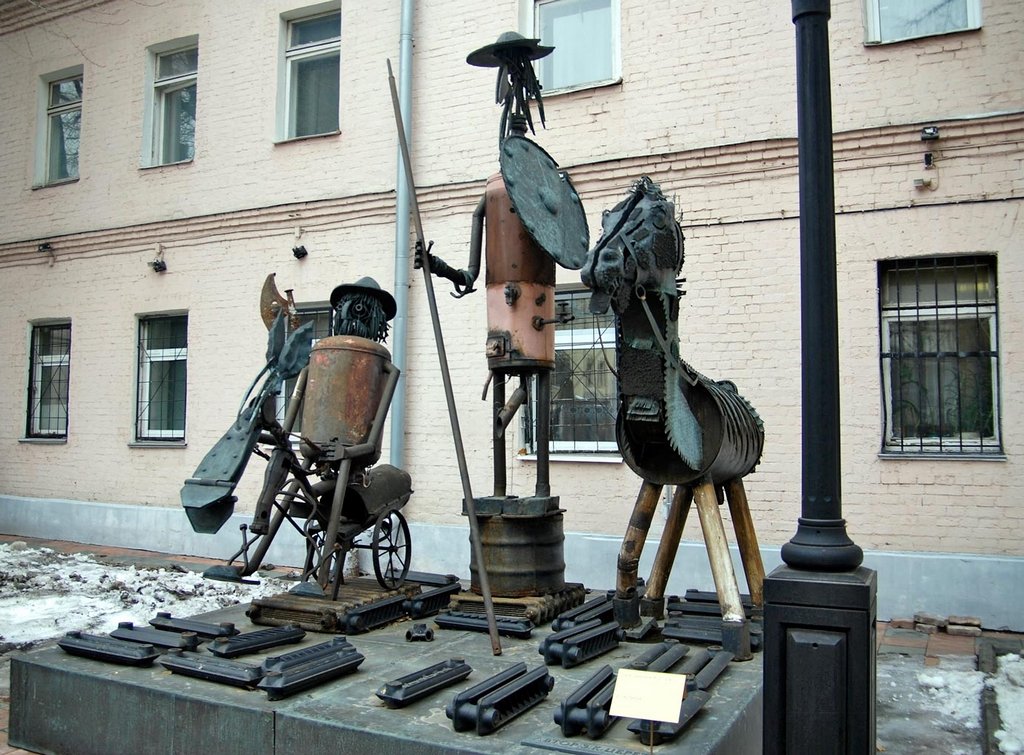
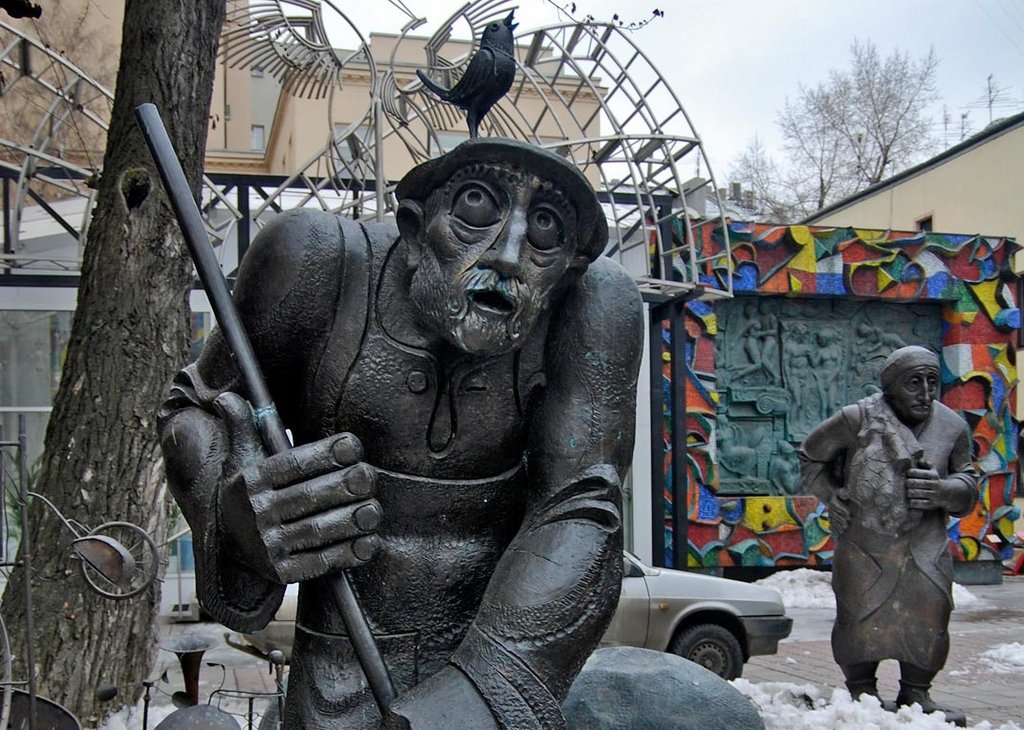
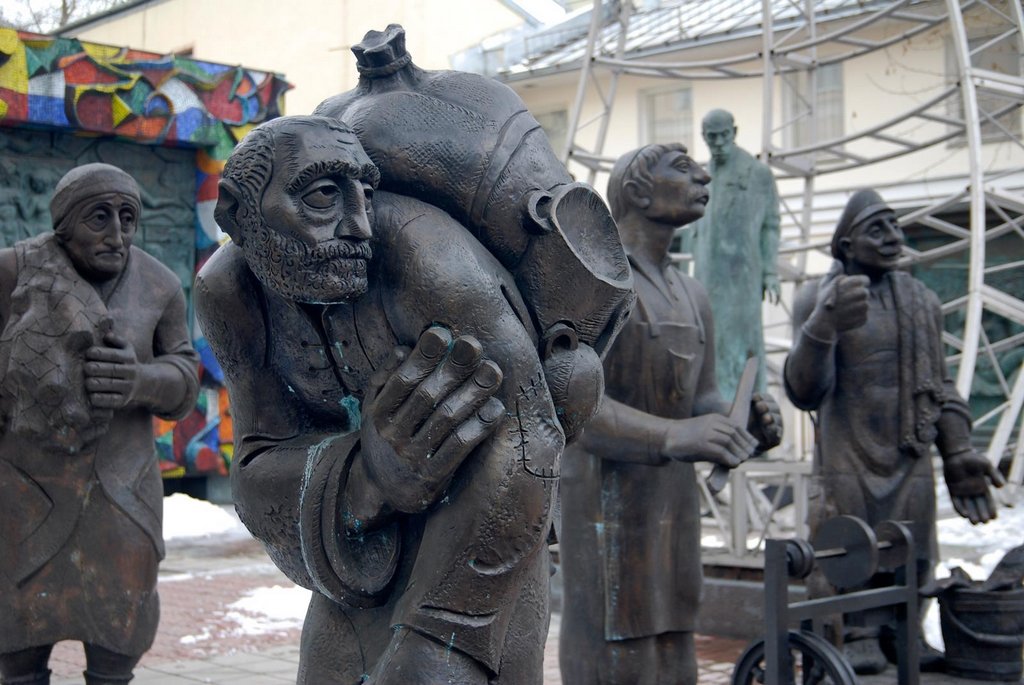
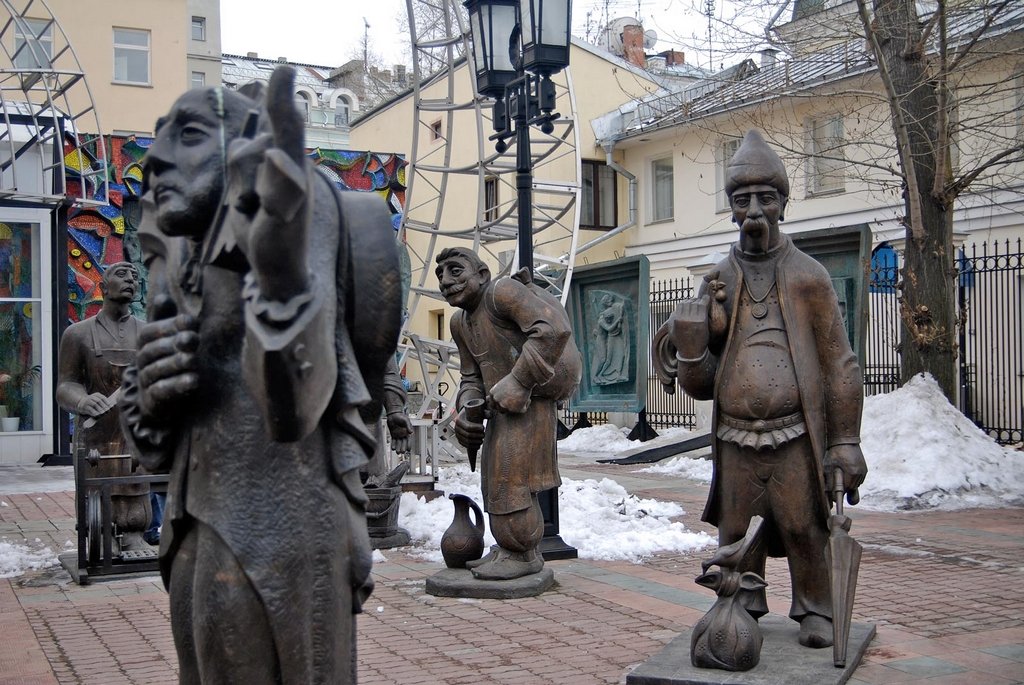
Every year, the Moscow Museum of Modern Art holds more than 60 exhibitions covering many areas. Moreover, these are not only personal shows of masters of international renown, but also debuts of young promising artists. A part of the halls is usually used for these events.
.Nowadays, the museum’s collection is regularly replenished, and its staff supports the development of contemporary art both in Russia and around the world.
.Opening hours and tickets
The Moscow Museum of Modern Art is open daily, without a lunch break, from 12:00 to 20:00. There is only one day off, which is the last Monday of the month. The ticket office is open until 19:15.
.The cost of an adult ticket is 350 rubles, students and pensioners pay 150 rubles each, children under 7 years old go free. Visiting the exhibition of sculptures in the courtyard of the museum is also free. Every third Sunday of the month the entrance is free for everyone. Photography is allowed, at no extra charge, and the use of flash photography is prohibited.
.How to get there
The main building of the Moscow Museum of Modern Art is located at 25 Petrovka St. Its branches are located at the following addresses: Tverskaya Boulevard, 9; Bolshaya Gruzinskaya Street, 15; Ermolaevsky Pereulok, d. 17; Gogolevsky Boulevard, 10.
.You can get to the museum by subway, stops – station “Chekhovskaya” or station “Pushkinskaya”. From here it is only a 5-7 minute walk to the main building of MMoMA on Petrovka.
.
